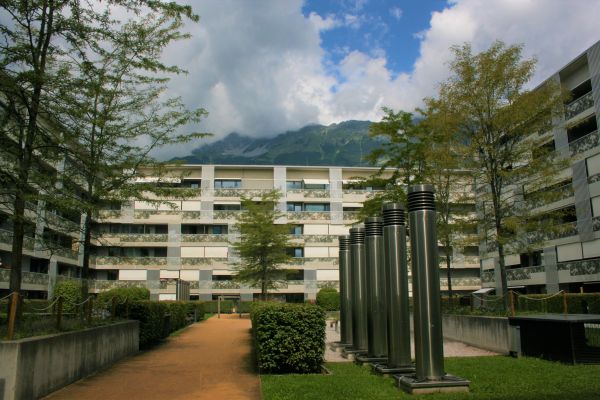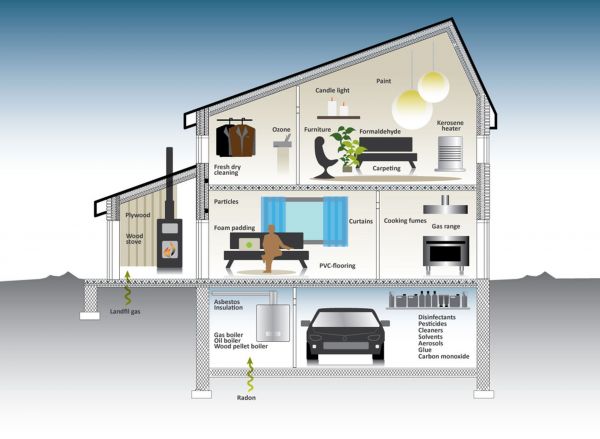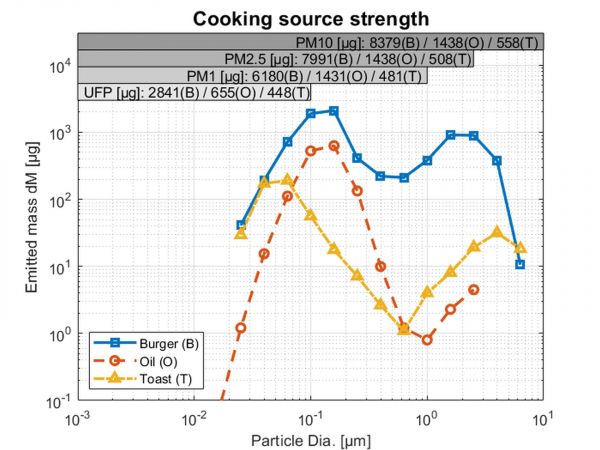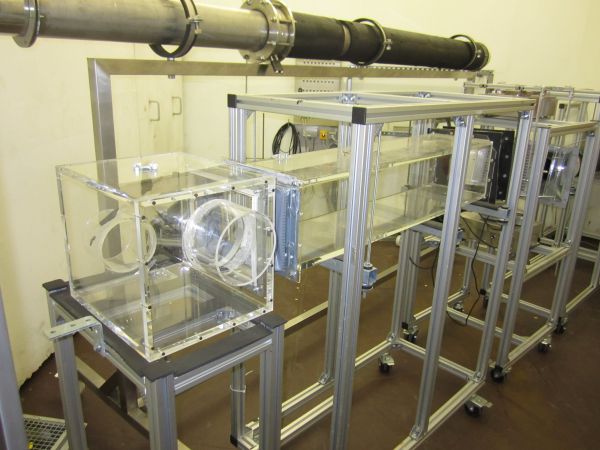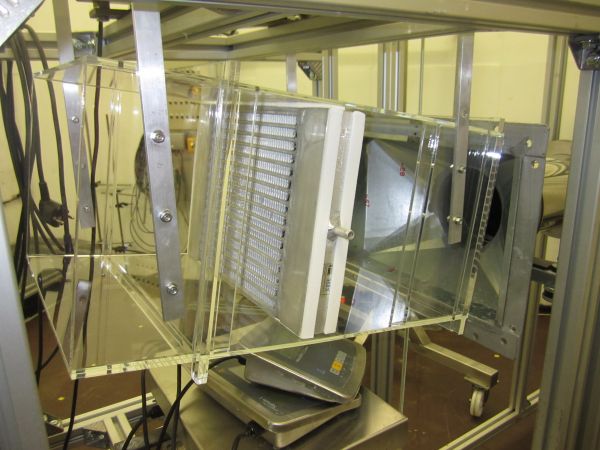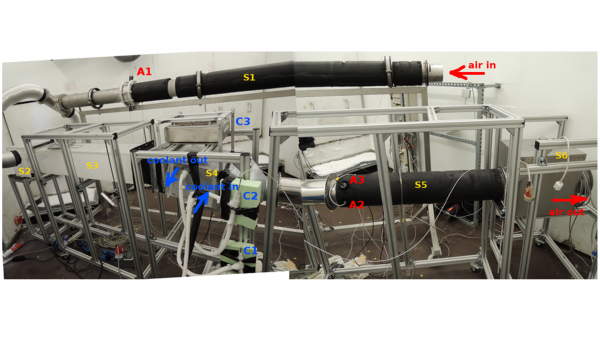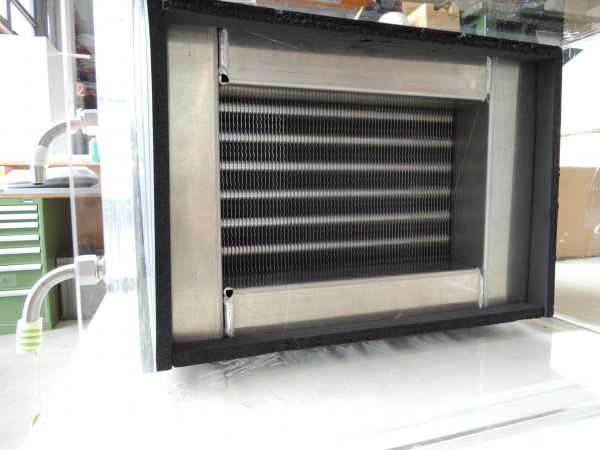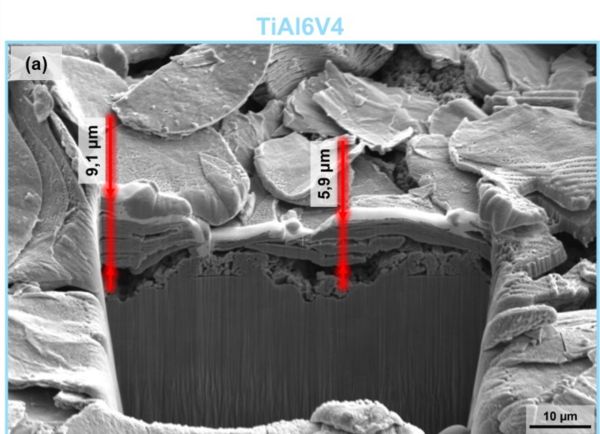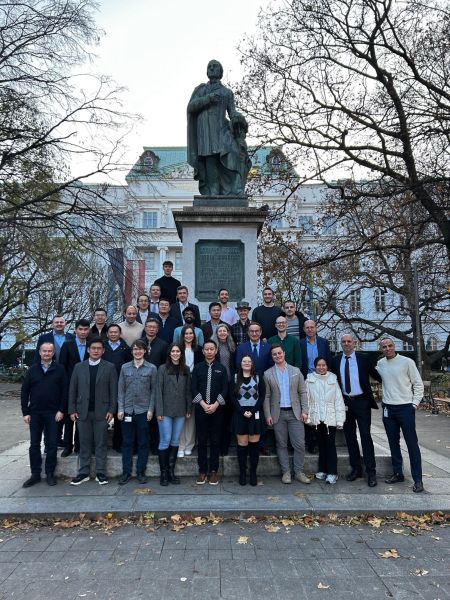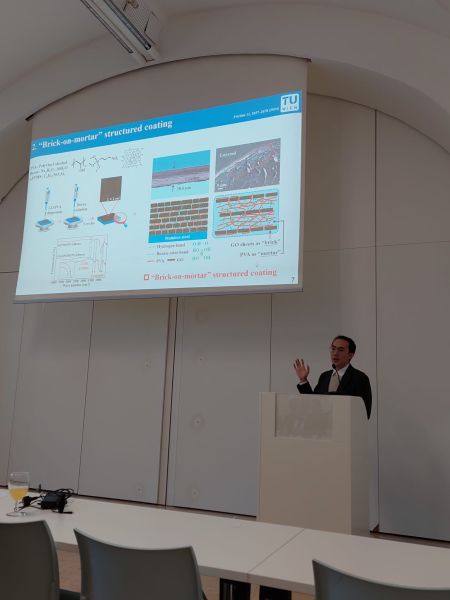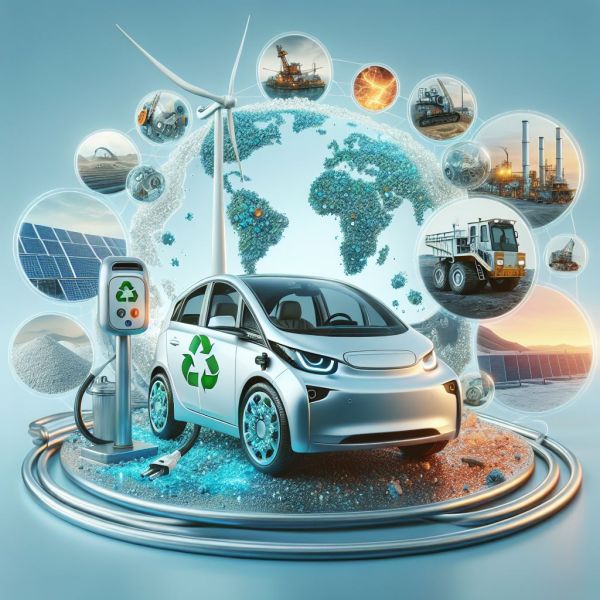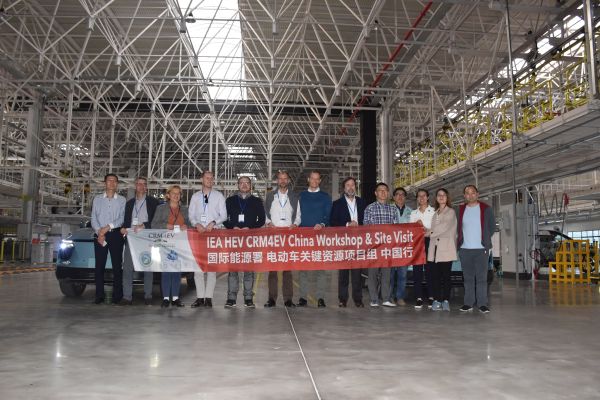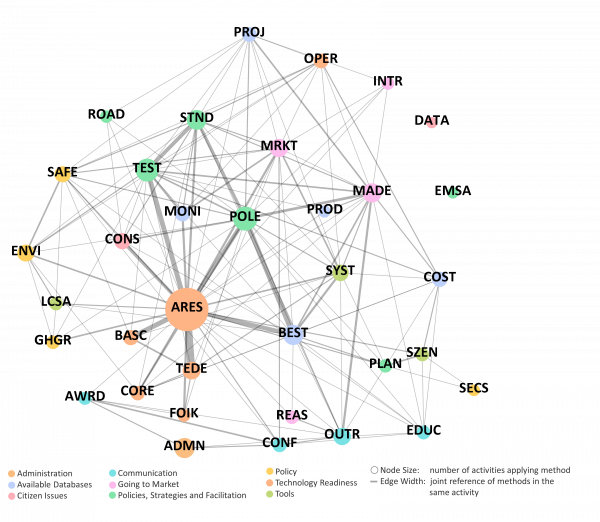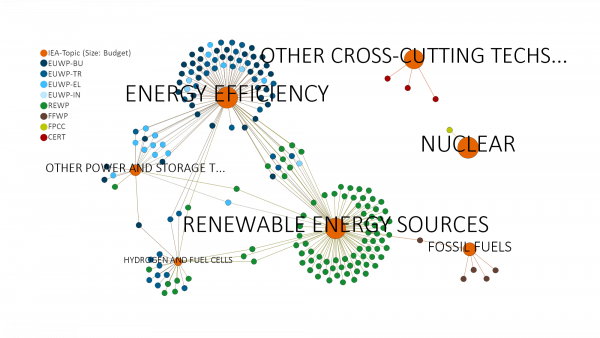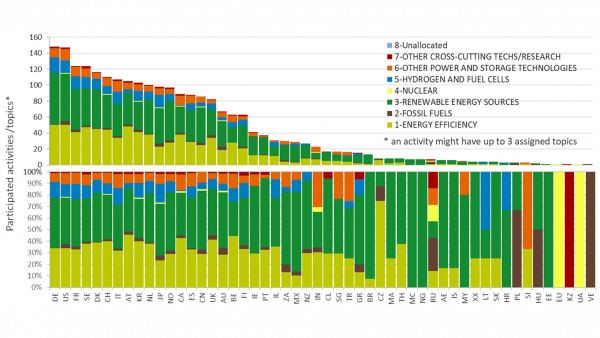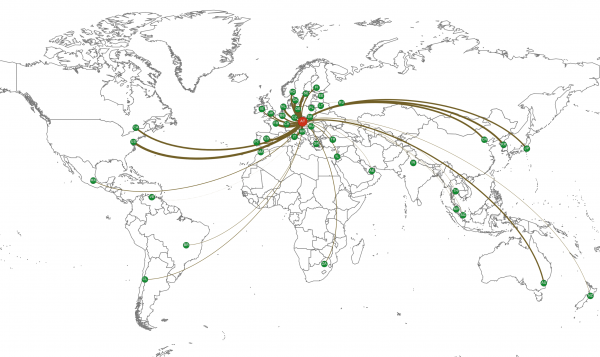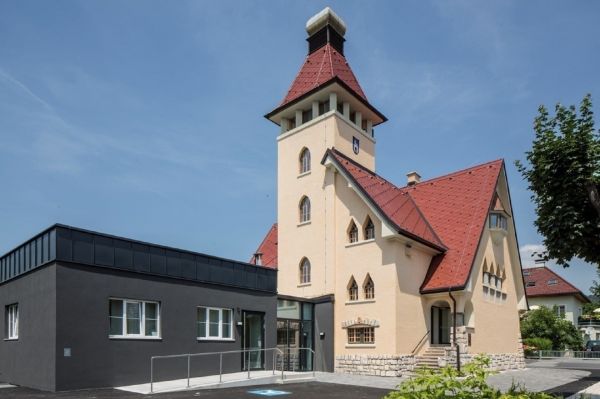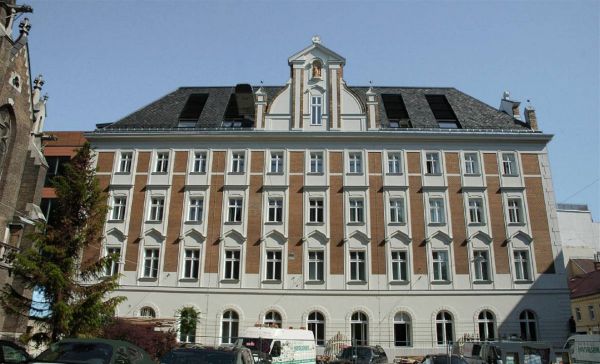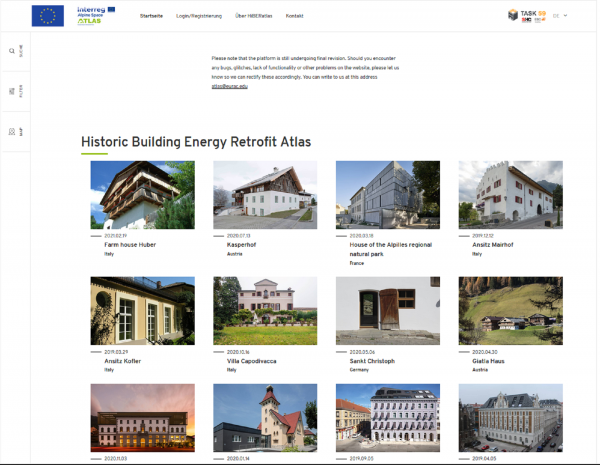Project Image Pool
There are 161 results.
Terms of use: The pictures on this site originate from the projects in the frame of the programmes City of Tomorrow, Building of Tomorrow and the IEA Research Cooperation. They may be used credited for non-commercial purposes under the Creative Commons License Attribution-NonCommercial (CC BY-NC).
Outside air intake of the Passive House apartment complex Lodenareal
The photo shows the inner courtyard of the passive house residential complex in Innsbruck with the intake openings for the controlled residential ventilation
Copyright: G. Rojas, Universität Innsbruck
Indoor air pollutants in residential housing
This figure illustrates possible indoor air pollutant sources in residential buildings.
Copyright: B. Oleson, Technical University of Denmark (DTU)
Example illustration of the Indoor Air Quality metric of Subtask 1
An example of Indoor Air Quality / Energy signature for low-energy residential buildings (data represented here are just for display and do not represent actual situation).
Copyright: M. Abadie, University of La Rochelle
Particulate matter emissions during cooking
The figure shows the emitted particulate matter mass as a function of particle size for three different cooking processes.
Copyright: G. Rojas, Universität Innsbruck
Experimental setup for freezing in the AIT's climate chamber without tubing
Copyright: AIT Austrian Institute of Technology, Center for Energy, Sustainable Thermal Energy Systems
MPEfin Heat exchangers mounted in the flow channel
Copyright: AIT Austrian Institute of Technology, Center for Energy, Sustainable Thermal Energy Systems
Experimental setup for investigating the frosting performance of heat exchangers at low ambient temperatures
Measurement sequence: in the initial phase the thermal mass of the heat exchanger is accommodated to the tempering conditions (A to B1), and then the main frost growth takes place (B1 to B2). Afterwards, the rapid change of the heat exchanger thermal state (at air flow rate curve steepest gradient) takes place (B2), and frost creation continues until the heat exchanger is fully blocked and the temperatures do not change any more (C).
Copyright: AIT Austrian Institute of Technology, Center for Energy, Sustainable Thermal Energy Systems
CTfin heat exchanger
Copyright: AIT Austrian Institute of Technology, Center for Energy, Sustainable Thermal Energy Systems
Cross-sectional image of a laser-structured and coated steel surface
The image shows an FIB cross-section of a steel surface that has been structured using laser interference and then coated with a 2D material, in this case MXene as transition metal carbide Ti3C2. The individual MXene flakes deposited in the valleys of the laser structures are clearly recognisable.
Copyright: self-made
Group photo TU Vienna - Nanjing Symposium Tribology
In December 2024, the 3rd TU Wien-Nanjing Tribology Symposium was held at TU Wien with around 60 international guests on the topic of novel 2D materials and methods for reducing friction and wear. This is also the core topic of Task 12 within the AMT-TCP.
Copyright: Carsten Gachot
TU Vienna-Nanjing Tribology Symposium December 2024
Presentation during the 3rd TU Vienna-Nanjing Tribology Symposium.
Copyright: Carsten Gachot
Header image IEA TCP HEV Task 40
Header image IEA TCP HEV Task 40
Copyright: Erstellt durch JOANNEUM RESEARCH mit Image Creator Microsoft Designer
Group picture IEA Task 40
Representatives of IEA Task 40 during the Task-Workshop in Shanghai, China
Copyright: Xue Wang, Botree Cycling (China)
Combination of Methods used by TCP-Activities
A set of methods was developed to categorize the kind of project work that is done in the activities. The figure shows which methods are applied how often in total (node size), and which methods were frequently applied together (edge width) by activities. The color corresponds to the different method cate-gories described in chapter.
Copyright: Österreichische Energieagentur, 2018
IEA-Topics, Related Activities and Working Parties
IEA-topics on level 1 (orange, node size corresponds to the official RD&D budget 2015) and TCP-activities (non-orange nodes) and related TCP-working parties (see color code in legend).
Copyright: Österreichische Energieagentur, 2018
Participation of countries in IEA Technology Collaboration Programmes and Related Research Topics
Absolute (upper chart) and relative (lower chart) number of TCP-activities that countries are participating in. The color code shows how the assigned activities are related to the IEA-Topics and how the countries set their priorities with regard to the research topics (based on the IEA RD&D taxonomy).
Copyright: Österreichische Energieagentur, 2018
International cooperations of Austria in context of TCP activities.
Worldmap of Austrias cooperations with other countries in context of the IEA Technology Collaboration Program reasearch activities. Line thickness indicates the number of cooperations.
Copyright: Österreichische Energieagentur 2018
Music School Velden
Street view of the former fire station in Velden am Wörthersee - after the refurbishment used as a music school.
Copyright: blende16 /ARCH+MORE
Konvent Building Kaiserstrasse in Vienna
Street view of the convent building in Kaiserstrasse, Vienna after being refurbished with particular attention to monument preservation and to a new solution for renovating Viennese-type box windows.
Copyright: trimmel wall architekten
Historic Building Energy Retrofit Atlas
Starting page of the database www.HiBERatlas.com with best practice examples that show how historic buildings can be renovated so that high energy efficiency is achieved while respecting historic preservation.

